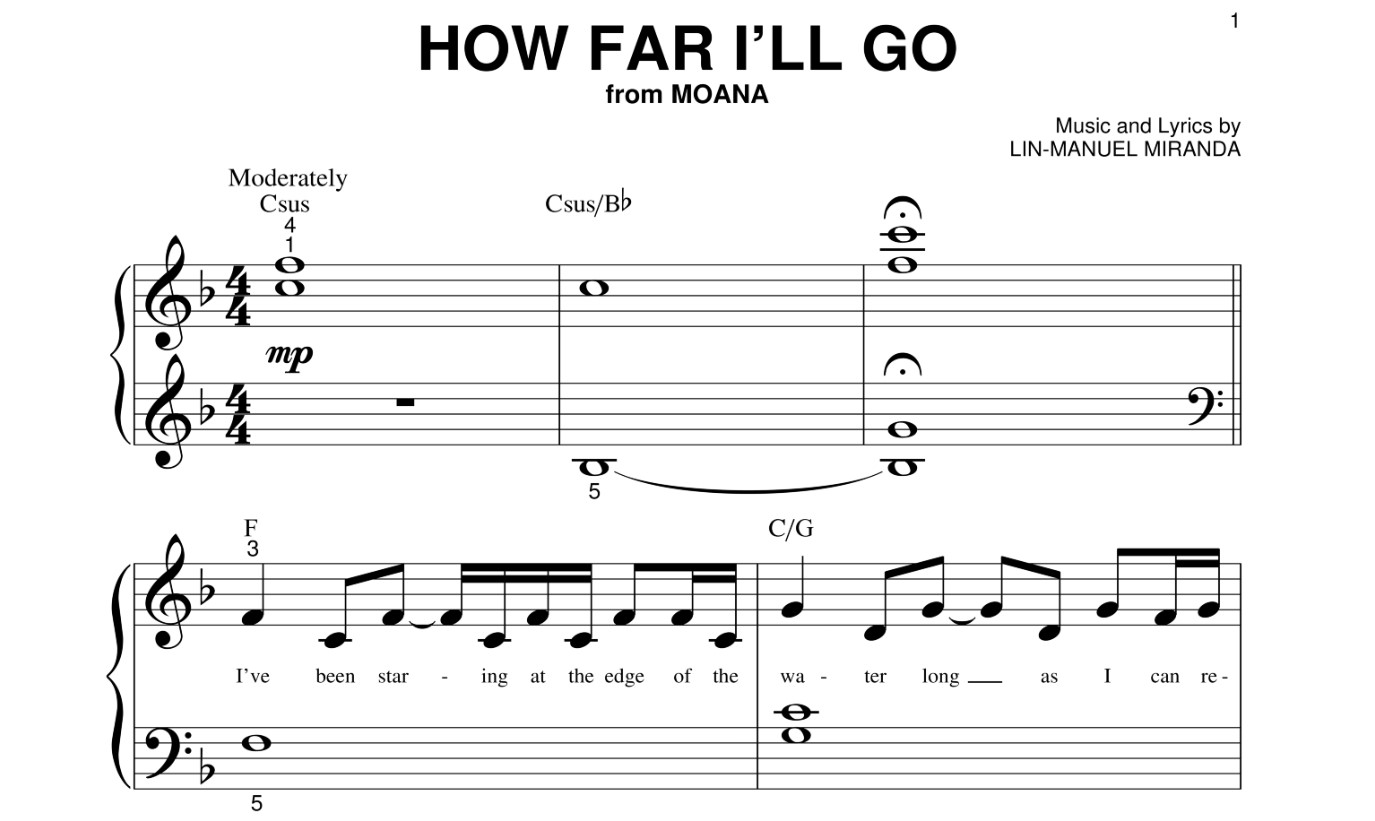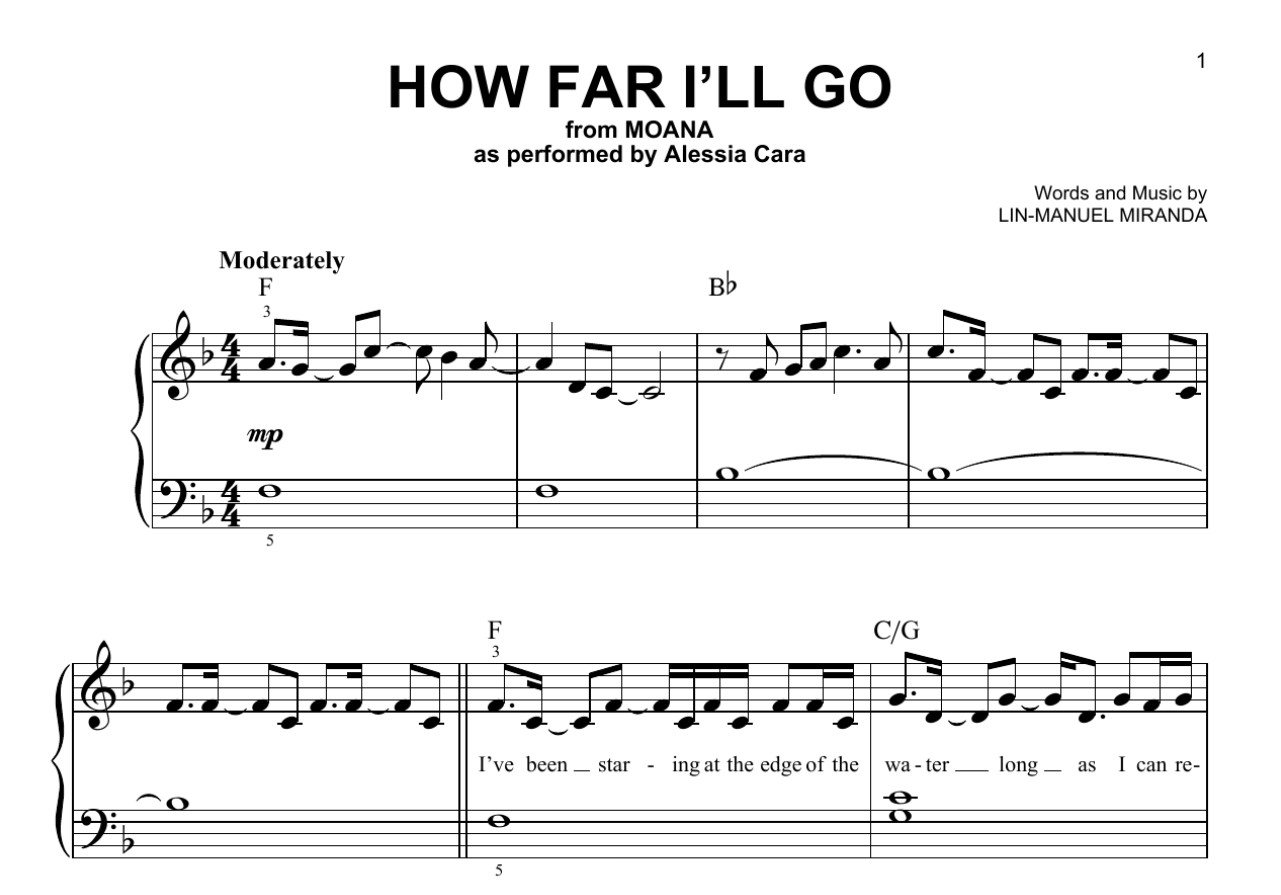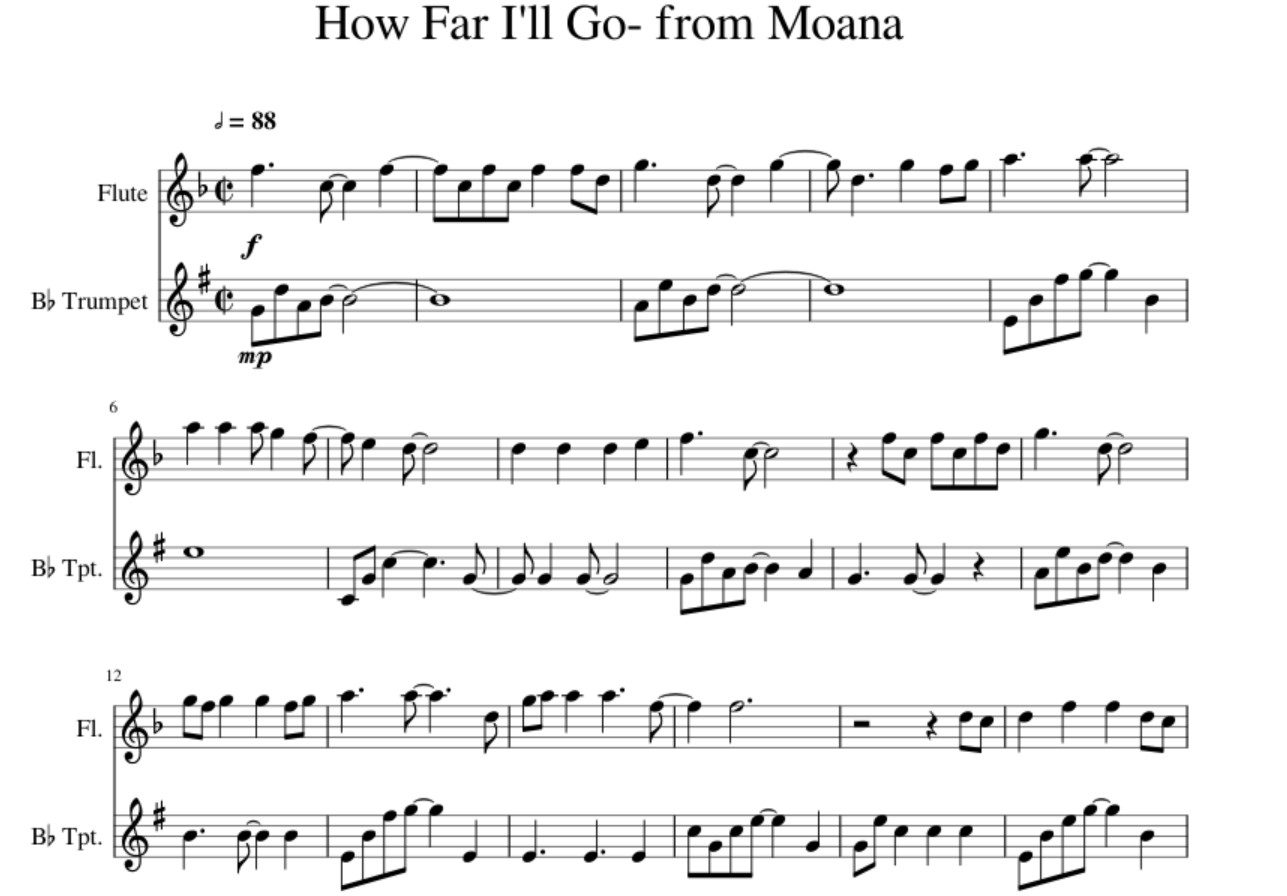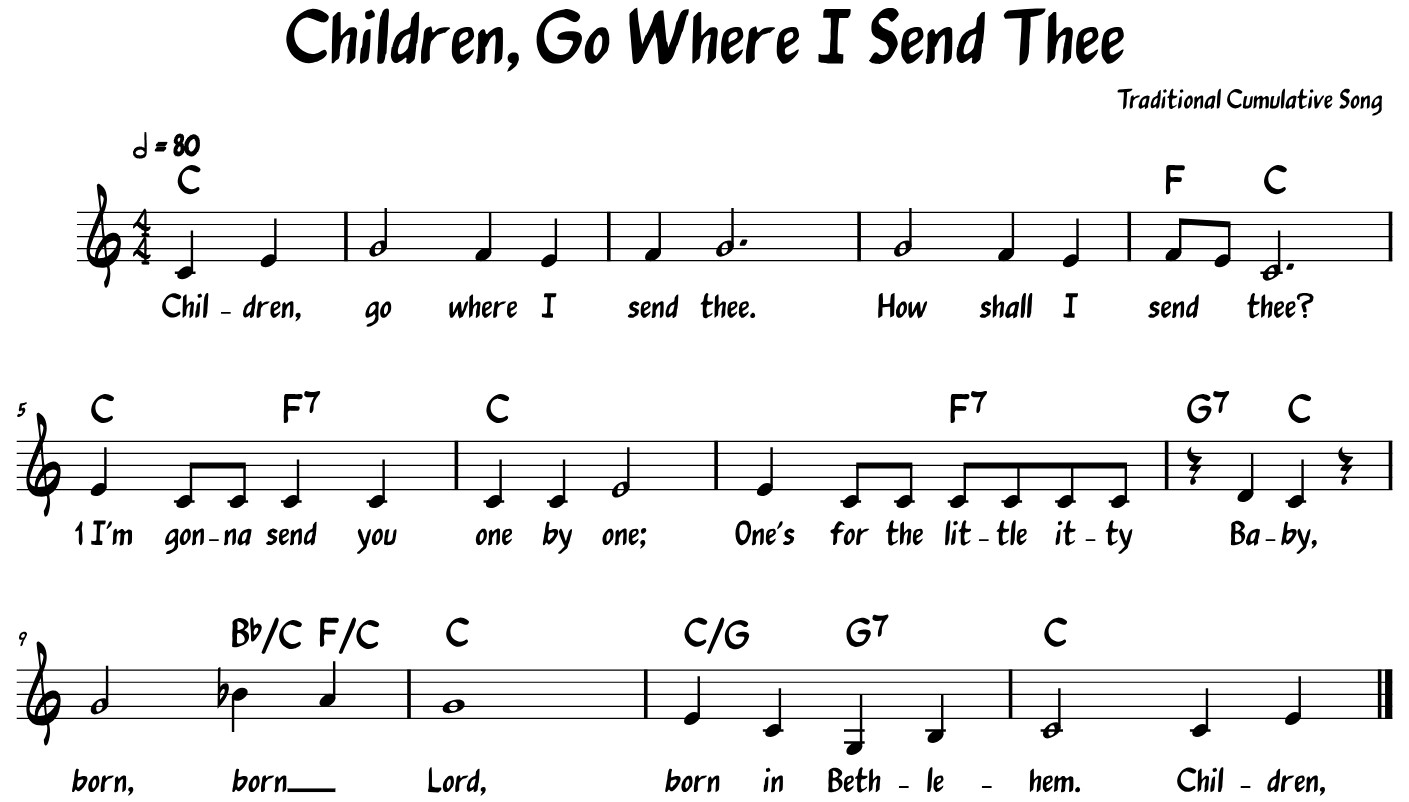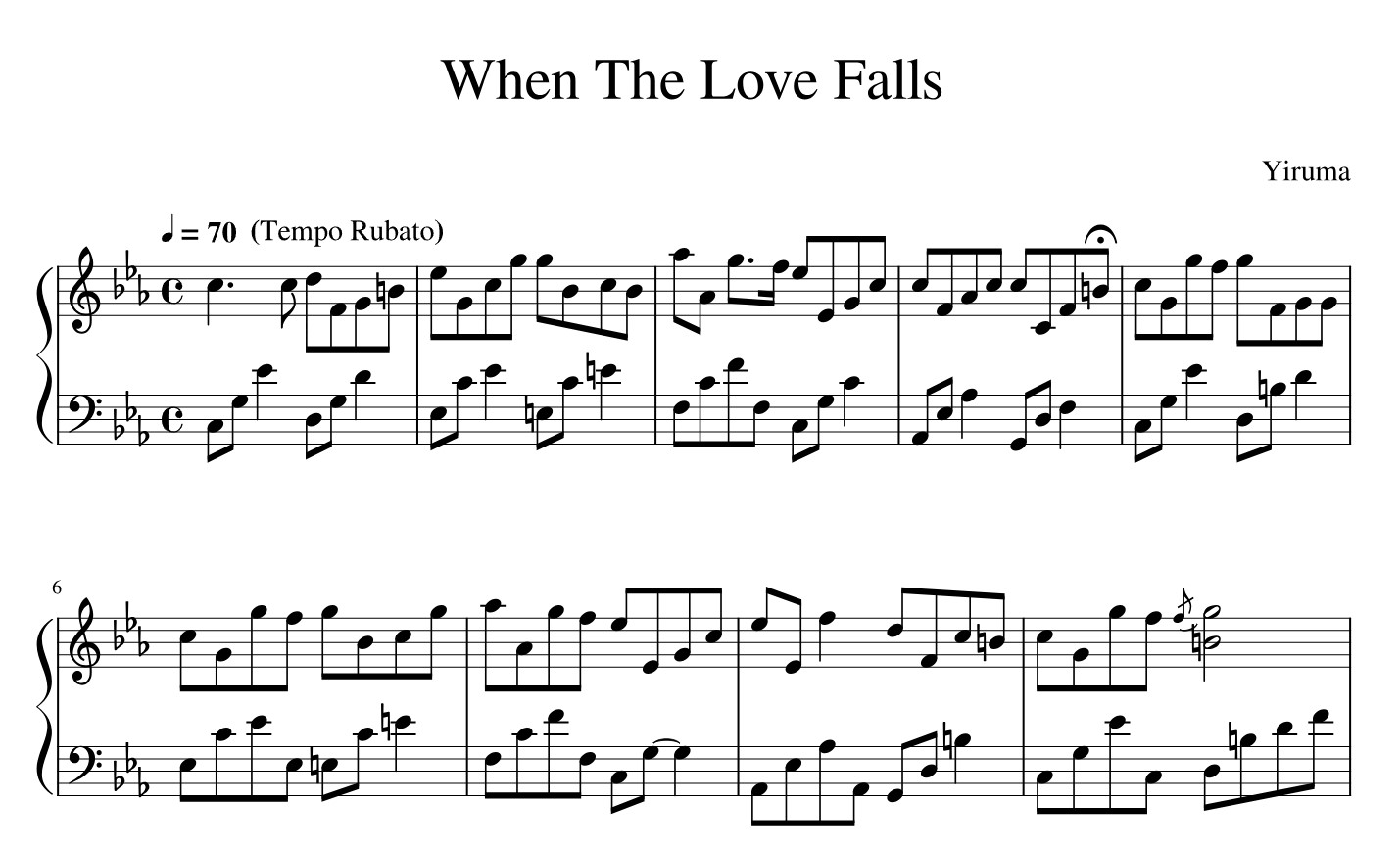Home>Production & Technology>Sheet Music>When The Saints Go Marching In Clarinet Sheet Music
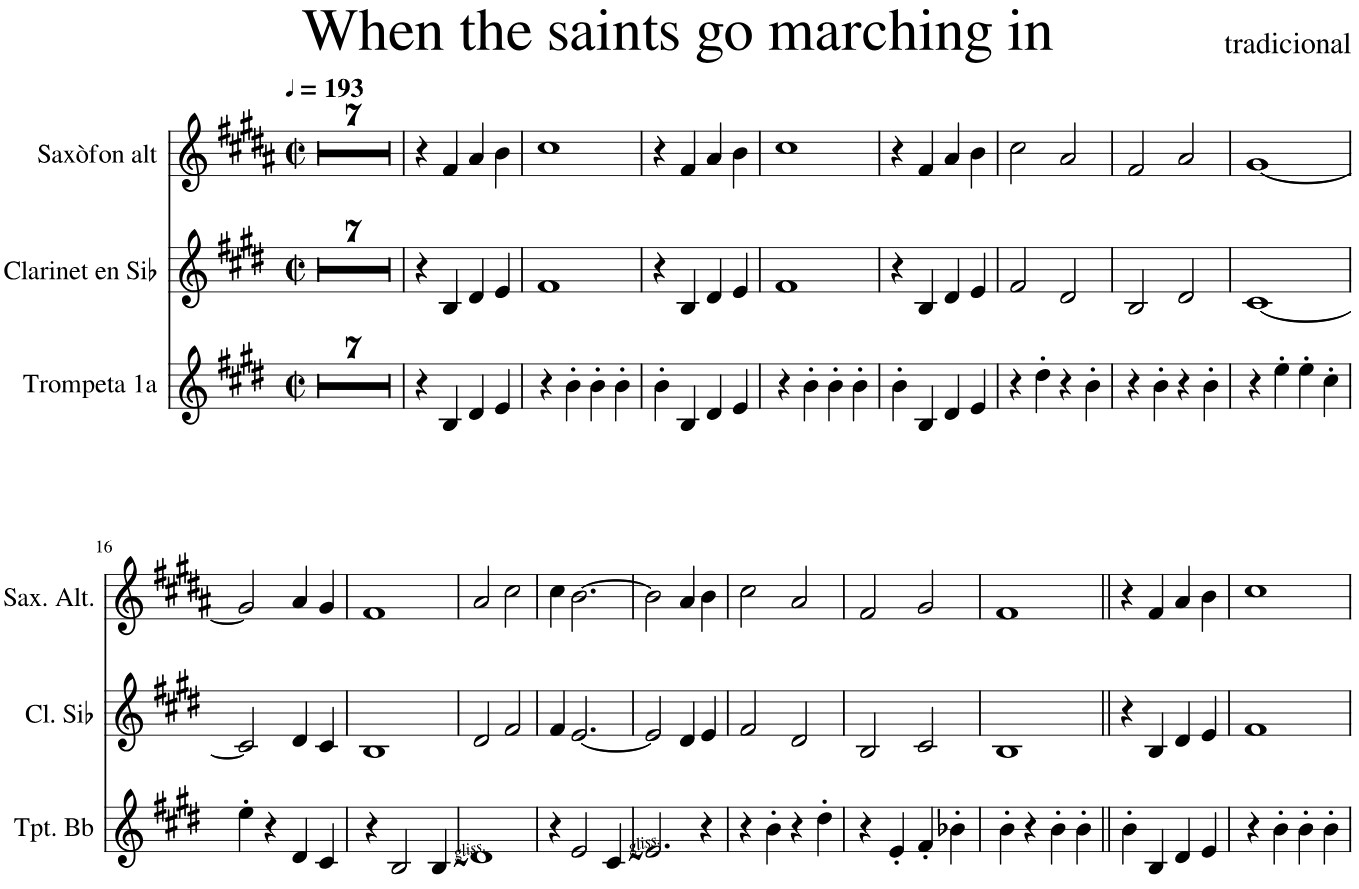

Sheet Music
When The Saints Go Marching In Clarinet Sheet Music
Modified: January 22, 2024
Looking for clarinet sheet music for "When The Saints Go Marching In"? Find a variety of sheet music options for this classic tune at our online store.
(Many of the links in this article redirect to a specific reviewed product. Your purchase of these products through affiliate links helps to generate commission for AudioLover.com, at no extra cost. Learn more)
Table of Contents
Introduction
Sheet music has been an integral part of music education and performance for centuries, providing a visual representation of musical compositions. It allows musicians to read and interpret the notes, rhythms, dynamics, and other musical elements accurately. And when it comes to the clarinet, one iconic piece that has stood the test of time is “When The Saints Go Marching In.”
“When The Saints Go Marching In” is a popular American gospel hymn that has become a cornerstone of New Orleans jazz and has been performed by countless musicians around the world. This lively and energetic tune is known for its infectious melody and joyful spirit, making it a favorite among both performers and audiences.
In this article, we will dive into the history of “When The Saints Go Marching In” and explore the background of clarinet sheet music. We will also provide tips on finding the clarinet sheet music for this iconic tune and offer some guidance on how to play it effectively on the clarinet.
So, if you’re a clarinet player eager to learn “When The Saints Go Marching In” or simply a music enthusiast wanting to know more about sheet music and the clarinet, keep reading for a comprehensive exploration of this timeless piece.
History of “When The Saints Go Marching In”
The origins of “When The Saints Go Marching In” can be traced back to early African-American spirituals and gospel hymns. It is believed to have emerged as a hymn in the late 19th century and gained popularity in church communities across the United States.
The song’s exact origins are difficult to pinpoint, as it is an example of an oral tradition that has been passed down through generations. However, it is known to have strong roots in African-American religious and musical traditions, particularly in New Orleans.
Over time, “When The Saints Go Marching In” became associated with jazz music, particularly the vibrant and lively New Orleans jazz scene. In the early 20th century, as jazz music gained popularity, the song became a staple in the repertoire of many jazz bands, often being performed as an instrumental piece.
One of the earliest recorded versions of “When The Saints Go Marching In” was by the famous jazz band, the Original Dixieland Jass Band, in 1923. Their recording helped popularize the song and paved the way for its inclusion in jazz performances around the world.
Since then, “When The Saints Go Marching In” has been performed and recorded by numerous jazz musicians, including Louis Armstrong, who is renowned for his iconic rendition of the song. Armstrong’s influential version, recorded in 1938, highlighted his exceptional trumpet playing and distinctive vocal style.
In addition to jazz, “When The Saints Go Marching In” has been embraced by various genres of music, including blues, gospel, and even rock and roll. The song’s universal appeal stems from its uplifting message, catchy melody, and infectious rhythms, which resonate with listeners of all backgrounds.
Today, “When The Saints Go Marching In” is not only a popular tune for jazz bands and marching bands but also a beloved anthem at sporting events, festivals, and celebrations. Its timeless charm continues to captivate audiences and inspire musicians of all ages and skill levels.
Background of Clarinet Sheet Music
The clarinet is a versatile woodwind instrument with a rich history and a prominent place in classical, jazz, and popular music genres. As a member of the woodwind family, it produces sound when a reed attached to its mouthpiece vibrates against the player’s airflow.
Clarinet sheet music serves as the blueprint for clarinet players to understand and perform music accurately. It consists of a series of musical notations, symbols, and indicators that represent the pitch, duration, dynamics, and other musical elements of a composition.
Sheet music for the clarinet typically follows the standard Western musical notation system, which includes a staff composed of horizontal lines and spaces. Notes are placed on the staff, indicating their pitch and duration. There are also symbols for articulation, phrasing, dynamics, and other expressive markings that guide the performer’s interpretation.
Clarinet sheet music can be written in various musical forms, such as solos, duets, chamber music, concertos, and orchestral arrangements. It covers a vast range of musical styles and genres, allowing clarinet players to explore different pieces and expand their repertoire.
While many clarinetists rely on printed sheet music, it is worth noting that there is a rich tradition of oral transmission and improvisation in certain genres, such as jazz and folk music. In these cases, the written sheet music may serve as a starting point, but the performer is encouraged to add their personal style and embellishments to the music.
With the advancement of technology, digital sheet music has become increasingly popular among musicians. Digital platforms offer a wide range of sheet music options, from classical repertoire to popular songs, allowing clarinet players to access a vast library of music with just a few clicks. Digital sheet music can be viewed on tablets, computers, or mobile devices, offering convenience and portability for musicians.
Whether using traditional printed sheet music or embracing digital alternatives, clarinetists rely on sheet music as their guide to accurately learn, perform, and interpret a wide range of musical compositions. It provides a standardized language that enables communication and collaboration between musicians across different time periods and geographical locations.
Sheet music is not only essential for learning and performing music but also for preserving musical traditions and allowing future generations to continue to appreciate and engage with the rich legacy of the clarinet.
Finding “When The Saints Go Marching In” Clarinet Sheet Music
If you’re a clarinet player interested in learning “When The Saints Go Marching In,” you’ll be pleased to know that there are various resources available to help you find the sheet music for this iconic tune.
One of the first places to look for clarinet sheet music is your local music store. They often have a selection of sheet music for different instruments, including the clarinet. You can browse through their catalog or ask for assistance from the staff to locate the specific arrangement of “When The Saints Go Marching In” that you’re looking for.
Another option is to explore online music retailers and sheet music platforms. Websites like Sheet Music Plus, Musicnotes, and JW Pepper offer a vast collection of sheet music that can be purchased and downloaded instantly. Simply search for “When The Saints Go Marching In clarinet sheet music” and explore the available options.
In addition to purchasing sheet music, there are also free resources available online. Websites like IMSLP (International Music Score Library Project) and MuseScore offer a wide range of public domain and user-uploaded sheet music that can be accessed for free. While the selection may vary, it’s worth checking if they have the specific arrangement of “When The Saints Go Marching In” that you’re interested in.
For those who prefer a more interactive learning experience, there are online communities and forums dedicated to musicians where you can connect with fellow clarinet players. These platforms often have sections where users can share and exchange sheet music, including arrangements of popular tunes like “When The Saints Go Marching In.”
Lastly, don’t forget about your local library. Libraries often have collections of sheet music that can be borrowed, allowing you to explore different arrangements of “When The Saints Go Marching In” without incurring any costs.
When searching for the sheet music, keep in mind that “When The Saints Go Marching In” has been arranged in various styles and difficulty levels. Whether you’re a beginner or an advanced player, make sure to find a version that suits your skill level and musical preferences.
Remember, learning a new piece of music is not just about finding the sheet music. Take the time to study the piece, listen to recordings, and analyze different interpretations to enhance your understanding and performance of “When The Saints Go Marching In” on the clarinet.
Tips for Playing “When The Saints Go Marching In” on Clarinet
Playing “When The Saints Go Marching In” on the clarinet can be an enjoyable and rewarding experience. To help you master this iconic tune, here are some tips to keep in mind:
- Start slow: When learning any new piece, it’s important to start at a slower tempo. Focus on accuracy and clarity of each note and gradually increase the speed as you become more comfortable.
- Pay attention to articulation: “When The Saints Go Marching In” has various articulations, such as staccato and legato notes. Work on articulating each note clearly, paying attention to the proper tonguing technique and maintaining a smooth and connected sound.
- Emphasize the syncopated rhythms: This tune is known for its syncopated rhythms, which give it a distinctive and lively feel. Make sure to emphasize these off-beat rhythms to capture the essence and energy of the piece.
- Focus on dynamics: To bring out the musicality of “When The Saints Go Marching In,” pay attention to the dynamics indicated in the sheet music. Experiment with different levels of volume and expression to create contrast throughout the piece.
- Add ornaments and improvisation (for jazz interpretation): “When The Saints Go Marching In” is often performed in a jazz style, allowing for improvisation and added ornaments. Feel free to embellish the melody with grace notes, runs, and improvised solos to add your personal touch to the performance.
- Listen to recordings: Listening to various recordings of “When The Saints Go Marching In” can provide inspiration and guidance. Pay attention to different interpretations, dynamics, phrasing, and improvisations to refine your own interpretation of the piece.
- Practice with a metronome: Developing a steady sense of rhythm is crucial when playing “When The Saints Go Marching In.” Use a metronome to practice with a consistent beat and gradually increase the tempo as you become more comfortable.
- Have fun with it: Above all, have fun with “When The Saints Go Marching In.” This tune is full of energy and joy, so let your enthusiasm shine through as you play. Remember, music is a form of expression and should be enjoyed!
By following these tips and exploring different stylistic interpretations, you’ll be able to bring out the soulful, energetic, and captivating nature of “When The Saints Go Marching In” on the clarinet.
Conclusion
“When The Saints Go Marching In” is a timeless and beloved tune that has captured the hearts of musicians and audiences for generations. Its infectious melody and lively rhythms make it a joy to play on the clarinet, a versatile instrument that lends itself well to this iconic jazz piece.
In this article, we explored the history of “When The Saints Go Marching In” and its roots in African-American spirituals and jazz traditions. We also delved into the background of clarinet sheet music, emphasizing its importance as a tool for learning and performing music accurately.
Furthermore, we provided tips for finding the sheet music for “When The Saints Go Marching In,” whether through local music stores, online retailers, digital platforms, or community resources. We also offered valuable advice for playing the piece on the clarinet, including focusing on articulation, dynamic expression, and rhythm.
Remember, practice and experimentation are key when mastering any piece of music. Don’t be afraid to add your personal flair and interpretation to “When The Saints Go Marching In” on the clarinet. Whether you’re playing for your own enjoyment or performing for others, let the spirit of the music guide you and have fun along the way.
So grab your clarinet, find the sheet music, and let the jubilant sounds of “When The Saints Go Marching In” fill the air. Be inspired by the history, tradition, and countless interpretations of this iconic tune as you embark on your own musical journey.
Playing “When The Saints Go Marching In” on the clarinet allows you to pay homage to the rich legacy of jazz and showcase the unique capabilities of this beautiful instrument. So, let your clarinet sing and transport yourself and your audience to the lively streets of New Orleans, where the saints keep on marching in.

